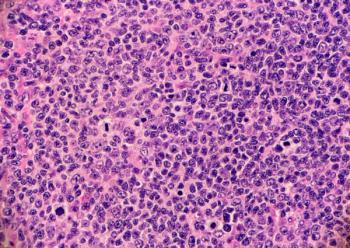
Laying Odds on a Successful Trial Design
Over a year ago, Claravant started the research and vetting required to “handicap” the risk of a drug being approved by FDA, and ultimately becoming commercialized in the form of a ratings system.
Chris Plaford, CEO at Claravant, a drug development diligence agency, is well versed in investment. He has spent 15 years as an institutional investor in the healthcare sector. Spending so much time in different therapeutics, he gained insight into the complexities of drug development, while trying to avoid regulatory risk as much as possible. When the idea of rating biotech products on the probability of their success for public investors was presented in the form of Claravant, Plaford signed on. Over a year ago, the company started the research and vetting required to “handicap” the risk of a drug being approved by FDA and ultimately becoming commercialized in the form of a ratings system.
But what happened next, says Plaford, was a surprise. The diligence side of the business, where private parties benefit from the same rigorous exercise of drug approval success assessment, exploded. “We were surprised by the degree of fragmentation that existed on that side of the industry,” explained Plaford. And it is here that the public and the private process meet.
How it works
Claravant uses a 175-point rating system for drug development programs. The company pulls together a team of experts to review a company’s drug development program in detail. Many of the experts are former FDA executives, and they use the FDA’s standards in the assessment. They produce a report that analyzes 175 different factors under the following categories:
· Chemistry, Manufacturing, and Controls (CMC), Drug Substance
· Toxicology
· Pharmacology
· CMC, Drug Product
· Clinical Trials, Safety and Management of Adverse Event Profile
· Clinical Trials, Efficacy
· Clinical Trials, Statistical Analysis Plan
· Regulatory Communications
· Infrastructure and Development Expertise
For the public investor, a letter grade from A-F is assigned based on the findings. For the private company, the findings-more granular than a letter grade-are used to refine a development plan that can go a long way toward improving the probabilities of success for the compound. The failures of a drug to make it through to approval and commercialization are legion. Fail fast and fail early is the mantra for clinical trials. However, how can you fail fast-or succeed faster-if you don’t know where the problem is?
“There are a lot of really good people out there, experts in their field, doing this as a one-off. But we found that the companies really like our one-stop shop, having best in class experts from all fields together,” said Plaford. A perusal of the
The diligence report identifies the gaps and offers recommendations, and their clients may not always agree with them. “But there are a lot of things in drug development that is objective, and a lot that is subjective,” explains Plaford. “The FDA is not a computer. But we aren’t challenged very often because of the experience of our Board.”
Plaford believes that their business model could improve the drug development all around. “90% of drugs could be approved more quickly if concerns were addressed upfront,” he concluded.
Newsletter
Stay current in clinical research with Applied Clinical Trials, providing expert insights, regulatory updates, and practical strategies for successful clinical trial design and execution.




